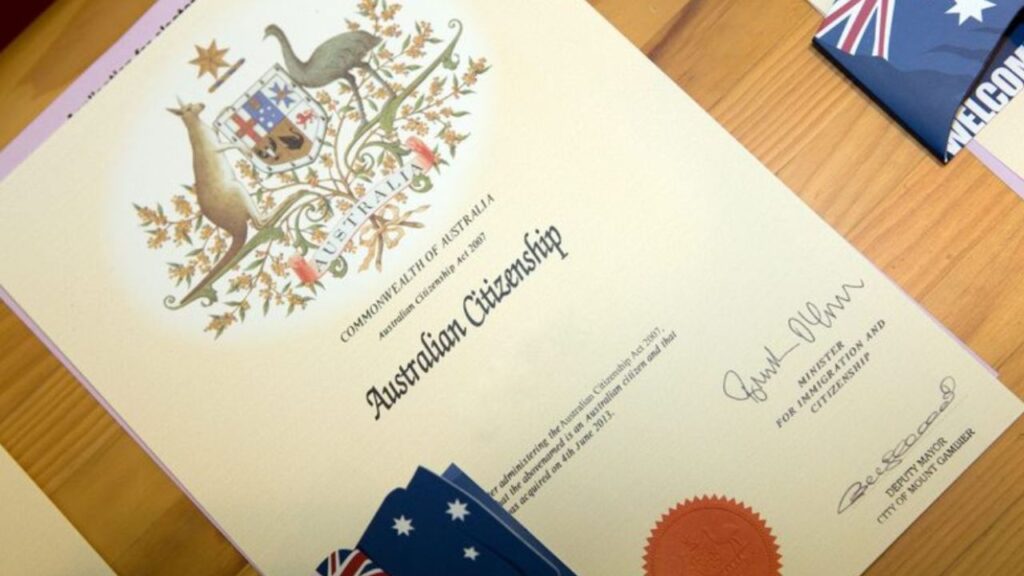In 2025, attaining Australian citizenship represents more than a legal status it symbolizes a personal commitment to the nation’s values, principles, and civic life. Beyond the ability to live and work freely, vote in elections, and hold public office, citizenship brings with it a duty to uphold Australian laws, embrace its democratic foundations, and actively contribute to the broader society. The Australian government has designed multiple inclusive pathways to citizenship that accommodate individuals from diverse backgrounds, ensuring that everyone has an opportunity to call Australia home.
Birthright in Australia: Citizenship from the First Breath
Children born on Australian territory are granted automatic citizenship when at least one parent is either an Australian citizen or holds permanent residency at the time of birth. This policy continues to reinforce the nation’s dedication to preserving family unity and fostering a deep-rooted connection to the country from the earliest stages of life. By anchoring citizenship to parental status, Australia encourages strong generational bonds within its national fabric.
Inheriting Nationality: The Route of Citizenship by Descent
For those born overseas to an Australian citizen, the citizenship by descent pathway offers a practical and straightforward solution. Applicants are required to submit key documentation, including proof of the parent’s Australian citizenship and their own birth certificate. The application process, once all documents are in order, tends to move quickly, often being finalized within a few short months. This method ensures that even those born abroad retain a legitimate and tangible link to their Australian heritage.
The Most Common Road: Migrants Embracing Australian Identity
Among the various options available, citizenship by conferral remains the most frequently used route, especially by migrants aiming to plant permanent roots in Australia. This method serves as the gateway for skilled professionals, sponsored family members, and investors who have already committed to contributing to the country’s growth and cultural diversity. The conferral pathway has been carefully structured to prepare new citizens for active participation in Australian society.
Understanding the Conferral Process: From Residency to Pledge

Applicants pursuing citizenship by conferral must initially possess a valid permanent residency visa, which may have been obtained through work-related, family, or investment channels. They must then meet specific residency criteria, proving a lawful stay in Australia for at least four years, including one full year as a permanent resident. Absences from the country during this time are allowed, but within regulated limits.
Proficiency in English is a non-negotiable requirement, validated through standardized testing or through formal education in English-language institutions. Candidates must also meet character requirements, ensuring that they respect Australian laws and pose no threat to the community. Additionally, individuals aged 18 to 59 must take and pass a citizenship test, achieving a minimum score of 75%. Following approval, participation in a formal citizenship ceremony where they recite the Australian pledge completes the transition from resident to citizen.
Reforms Reshaping Citizenship Access in 2025
New developments in 2025 have significantly broadened access to citizenship. A landmark policy now allows eligible New Zealand citizens who have resided in Australia for more than four years to apply directly for citizenship, bypassing the requirement for permanent residency. Furthermore, the recent introduction of the Skills in Demand Visa in late 2024 enables qualified professionals to apply for permanent residency after just two years of employment in Australia. Another major innovation is the National Innovation Visa, aimed at tech experts and artificial intelligence leaders, which provides direct access to permanent residency based on high-demand skills.
Preparation Tips for a Smooth Citizenship Experience
Successfully navigating the citizenship process requires both planning and vigilance. Staying informed through official updates from the Department of Home Affairs can help applicants adjust to changing requirements. Gathering and organizing supporting documents early can prevent unnecessary delays. Studying carefully for the citizenship test using government-provided materials is also essential. For added confidence, many applicants find it helpful to seek guidance from registered migration agents or immigration lawyers, who can offer personalized advice based on specific situations.
A New Chapter Begins: Embracing Australia as Home
Becoming an Australian citizen in 2025 opens the door to a future filled with opportunity, belonging, and shared national pride. Thanks to recent reforms, the journey to citizenship is now more efficient, inclusive, and accessible than ever before. Whether one gains citizenship by being born on Australian soil, through ancestral ties, or by fulfilling the requirements as a migrant, the process culminates in a meaningful transformation one that strengthens the individual’s bond to a vibrant, multicultural, and democratic nation.


